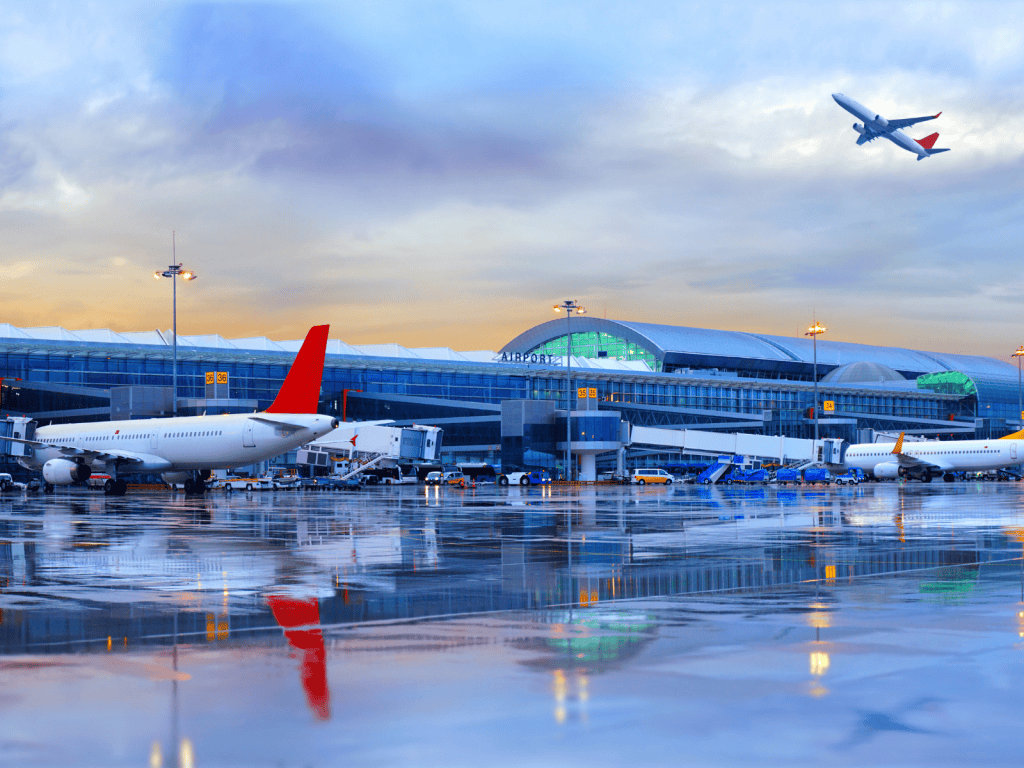The team at Halton Stairlifts has analysed more than 50,000 passenger reviews across Google and TripAdvisor to reveal which airports are getting accessibility right – and which ones are still falling short

The review-based ranking focuses on real passenger experiences with airport mobility services, navigability, staff support, and general comfort for travellers with disabilities or reduced mobility.
Methodology
Between February and March 2025, Halton Stairlifts conducted a large-scale data project, scraping 50,124 verified reviews from Google Reviews and TripAdvisor across 100 international airports.
Each review was analysed using a combination of:
- Keyword sentiment scoring – focusing on phrases like “wheelchair assistance,” “disabled access,” “long wait,” “mobility support,” and “accessible toilets”
- Manual tagging – to account for sarcasm, local slang, and emotional context
- Volume consistency – airports with consistently positive mentions over several months scored higher than those with a mix of praise and complaints
Each airport received a final Accessibility Score out of 100, combining both data insights and qualitative review content.
Accessibility Airport Rankings – Top and Bottom 10 – by Halton Stairlifts
Top 10 Airports for Accessibility
| Rank | Airport | Country | Accessibility Score /100 | Standout Features |
| 1 | Singapore Changi | Singapore | 96 | Clearly marked zones, private rest spaces, attentive assistance |
| 2 | Zurich Airport | Switzerland | 94 | Fast-track mobility services, multilingual signage, barrier-free layout |
| 3 | Amsterdam Schiphol | Netherlands | 92 | Dedicated “Assistance Point” kiosks, quiet lounges |
| 4 | Manchester Airport | UK | 91 | Recent upgrades in assistance tech and staff training |
| 5 | Seoul Incheon | South Korea | 90 | Automated internal transport, well-marked accessible toilets |
| 6 | Vancouver International | Canada | 88 | Braille signage, alert systems, wide walkways |
| 7 | Edinburgh Airport | UK | 87 | Short walking distances, friendly staff feedback |
| 8 | Munich Airport | Germany | 86 | Responsive ground staff and comfortable waiting areas |
| 9 | Dubai International | UAE | 85 | 24/7 assistance teams, accessible prayer rooms |
| 10 | Bristol Airport | UK | 84 | Smaller size aids in navigation, strong user feedback |
Least Accessible Airports (Bottom 5)
| Rank | Airport | Country | Accessibility Score /100 | Common Passenger Complaints |
| 91 | Rome Fiumicino | Italy | 54 | Poor signage, lack of clear processes, inaccessible restrooms |
| 92 | Paris Charles de Gaulle | France | 52 | Confusing layout, inconsistent staff support |
| 93 | JFK International | USA | 49 | Terminal-dependent experience, poor communication |
| 94 | London Heathrow | UK | 48 | Long wait times for assistance, unclear boarding support |
| 95 | LAX (Los Angeles) | USA | 47 | Reports of staff being unaware of procedures, long distances |
Accessibility Tips from Reviewers
- Bring printed instructions: Many passengers noted that signage can vary widely – having your own instructions (especially for transfers) helps.
- Use the special assistance lanes: Even seasoned travellers forget that airports like Zurich and Amsterdam offer priority lanes for PRM (Persons with Reduced Mobility) that aren’t always clearly advertised.
- Avoid layovers at older terminals: Travellers noted that accessibility can drop sharply when changing terminals, especially in places like JFK or Heathrow.
- Call ahead: Reviewers praised airports that allowed assistance bookings in advance – this improved experience drastically.

Neil McKenzie, Accessibility Specialist at Halton Stairlifts said, “This research highlights how accessibility is experienced, not just promised. It’s not enough for airports to have facilities on paper – they need to deliver them reliably, day after day. This study puts the passenger experience first, and that’s where the truth lies.
Read more: Latest



